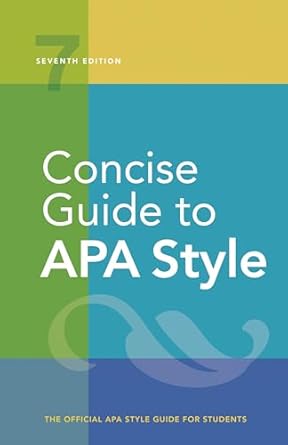[toc]
citing audio sources mastering music podcast references
Concise Guide to APA Style: 7th Edition (OFFICIAL)
Page 304 Review
Decoding Audio References: A Deep Dive into Citation Styles
In academic writing, accurately citing audio sources is crucial for maintaining integrity and giving credit where it’s due.
This excerpt provides valuable insights into how to properly reference audio recordings, ranging from classical music to contemporary hits and podcasts.
Let’s break down the key elements and explore the nuances of these citation styles.
Referencing Classical Music Recordings
When citing a recording of a classical work, the guideline emphasizes the importance of identifying the composer as the primary author.
As stated, “For a recording of a classical work, provide the composer as the author, and note (in square brackets) following the title the individual or group who recorded the version you used.” This distinction is vital because different interpretations of the same piece can vary significantly.
The excerpt further clarifies, “Provide the publication date for the version you used, and then provide the year of original composition in parentheses at the end of the reference.” This approach provides a comprehensive understanding of the recording’s context, differentiating between the original composition date and the specific recording’s release date.
Example: Beethoven, L. van. (2012).
Symphony No. 3 in E-flat major [Song recorded by Staatskapelle Dresden].
On Beethoven: Complete symphonies.
Brilliant Classics. (Original work published 1804)
Referencing Contemporary Music Recordings
The approach to citing contemporary music differs slightly. “For all other recordings, provide the name of the recording artist or group as the author.” This reflects the artist’s creative control and performance contributing significantly to the work’s identity.
The inclusion of the song title and album name are essential.
As exemplified by the Beyoncé reference: Beyoncé. (2016).
Formation [Song].
On Lemonade.
Parkwood; Columbia.
The excerpt also touches upon the nuances of providing additional information about the format or specific version accessed. “It is not usually necessary to specify how you listened to an album (e.g., streaming on Spotify, iTunes, Amazon Music, Pandora, on CD).
However, the format or other descriptive information may be included—in square brackets, following the word “Album” and a semicolon—when you need to specify the version you used (e.g., when a version of an album includes special tracks or features you accessed).” This is particularly relevant in the digital age, where albums can have multiple versions or bonus tracks.
Examples:
- Beyoncé. (2016).
Formation [Song].
On Lemonade.
Parkwood; Columbia.
- Childish Gambino. (2018).
This is America [Song]. mcDJ; RCA.
- Lamar, K. (2017).
Humble [Song].
On Damn.
Aftermath Entertainment; Interscope Records; Top Dawg Entertainment.
The excerpt specifically mentions a scenario where the album information should be omitted: “If the song has no associated album (as in the Childish Gambino example), omit that part of the reference.” This demonstrates the importance of adapting the citation format to the specific nature of the audio source.
Referencing Podcasts
Citing podcasts requires a slightly different approach, focusing on the host and the podcast’s overall title.
The provided example demonstrates this: “Vedantam, S. (Host). (2015-present).
Hidden brain [Audio podcast].
NPR. https://www.npr.org/series/423302056/hidden-brain”.
Including the URL is crucial when the podcast is exclusively available online, ensuring easy access for readers to verify the source.
The Importance of URLs and Retrieval Information
The excerpt highlights the increasing importance of including URLs, especially for sources available only in one location. “Include a URL in the reference if that location is the only means of retrieval (e.g., for artists who provide music in only one location, such as on SoundCloud or their website).” This emphasizes the accessibility and verifiability of sources in the digital age.
Parenthetical and Narrative Citations
The excerpt also demonstrates how to format parenthetical and narrative citations for audio sources.
Parenthetical citations, as shown: “(Beethoven, 1804/2012; Beyoncé, 2016; Childish Gambino, 2018; Lamar, 2017)” provide concise source information within the text.
Narrative citations, such as “Beethoven (1804/2012), Beyoncé (2016), Childish Gambino (2018), and Lamar (2017)” integrate the source information directly into the sentence flow, enhancing readability.
Conclusion
Mastering the art of citing audio sources correctly is vital for academic rigor and ethical scholarship.
By carefully following these guidelines, writers can accurately represent their sources, give credit to the original creators, and ensure their work is both credible and easily verifiable.
The information provides a clear and comprehensive framework for navigating the complexities of audio citations in various contexts, from classical compositions to popular music and podcasts.
The key takeaway is to pay attention to the specific details of each audio source and adapt the citation format accordingly.
Buy full ebook for only $18: https://www.lulu.com/shop/american-psychological-association/concise-guide-to-apa-style-7th-edition-official/ebook/product-rmzpq54.html?page=1&pageSize=4
Citing Audio Sources Mastering Music Podcast References
Read more: Intriguing Ebook Snippet: A Review


Leave a Reply